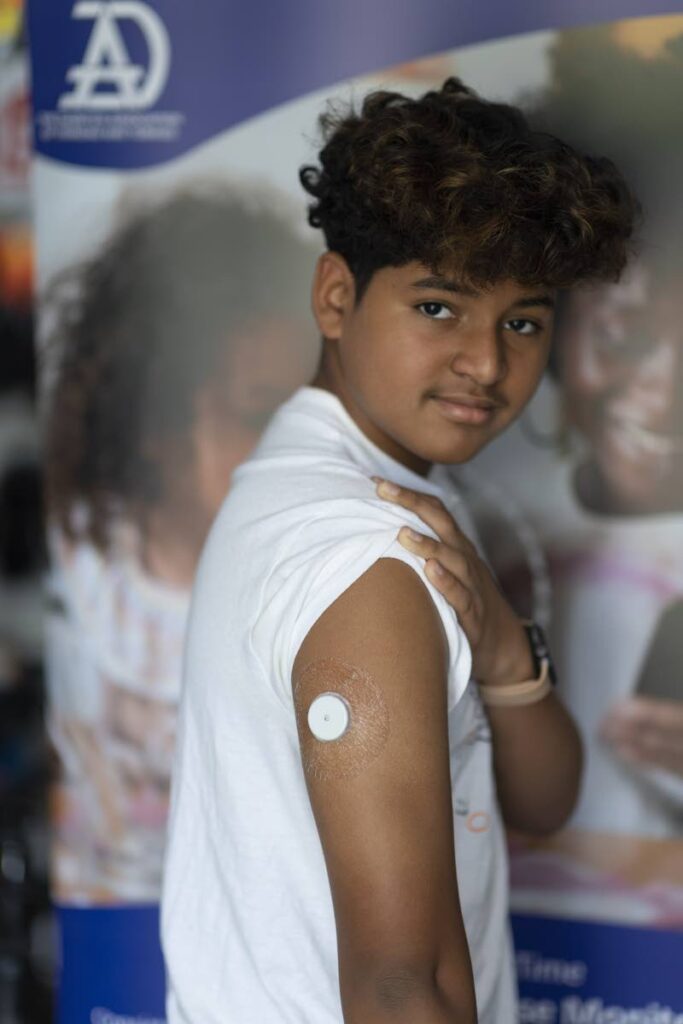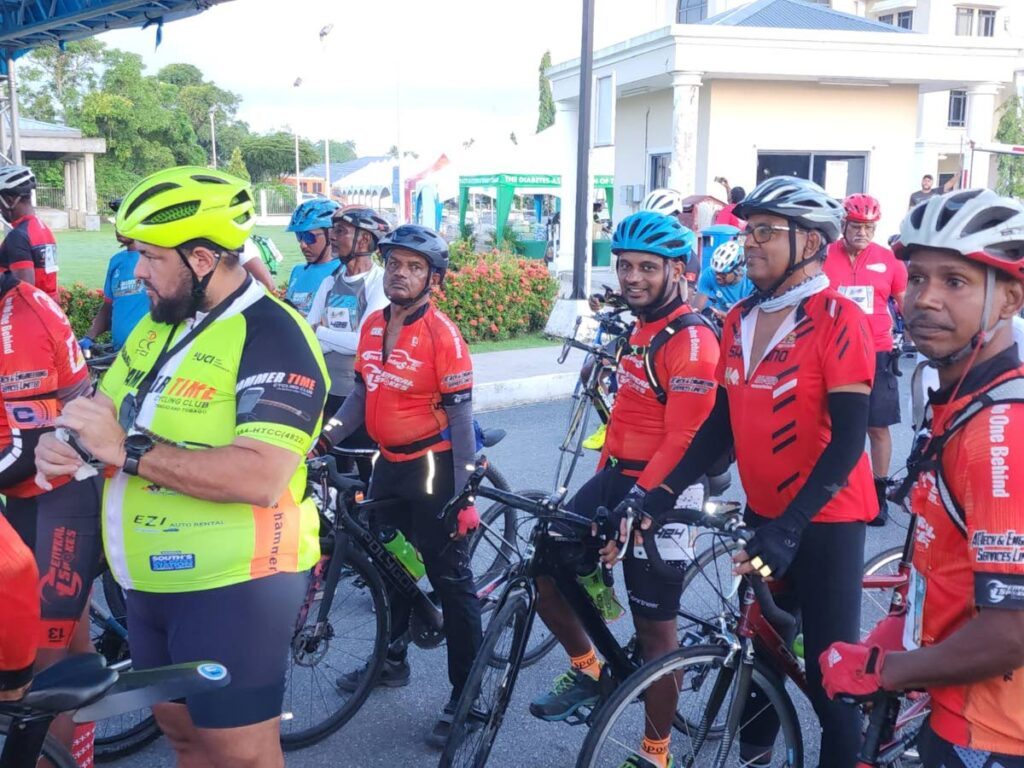$2.2m needed to transform lives of children with Type 1 diabetes

Teenage cyclist Zion Jennings, 14, has Type 1 diabetes. In the past he struggled with the routine of blood-sugar monitoring. Typically, the process requires the person with diabetes to use a lancet to prick a finger for a drop of blood, which is then put on a testing strip and inserted into a portable device that reads blood glucose levels.
Like Zion, children with Type 1 diabetes, formerly referred to as juvenile diabetes, have to test as many as a dozen times a day – costing thousands of dollars a year in supplies, a media release said.
Having a continuous glucose monitor (CGM) changed Zion’s life. No more finger sticks –and “a whole lot of stress is just taken off” by the CGM device, he said in a media release. The CGM implant in his arm tracks his glucose levels continuously throughout the day and night, helping him manage his condition and stay in good health.
The Diabetes Youth Support Branch of the Diabetes Association of Trinidad and Tobago (DATT) hopes to buy 150 CGM devices, which include transmitters and sensors to last a year, for children with Type 1 diabetes. DATT is on a fundraising drive to raise $2.28 million to foot the bill. That’s $15,200 per child – $800 for the transmitter and $1,200 for three sensors a month, as one sensor lasts ten days.
RIDE DATT 2023 will begin the fundraising drive. It is public cycling event starting and ending and the Chaguanas Borough Corporation on November 5. RIDE DATT will be a 50 km ride through Chaguanas, Couva and environs, for cycling enthusiasts. A mini health fair will close off the event, the release said.
A chronic, noncommunicable disease, diabetes mellitus affects about one in seven adults in the Caribbean and North America, studies suggest. Diabetes causes the body to become resistant to insulin, a hormone which regulates how the body uses glucose (blood sugar) for energy.
Fluctuations in blood glucose in people with diabetes may cause serious health problems, and even death. Those with Type 2 diabetes may be able to control the condition with diet and exercise. Those with Type 1 diabetes, however, require daily injections of insulin to manage their blood sugar.
Most children with diabetes, though not all, have Type 1 diabetes, which makes them insulin dependent. Knowing their blood glucose levels guides in deciding how much insulin they need to inject into their bodies to keep these levels in check. Using the CGM system makes this more convenient and much less painful for both the children and their caregivers who help them monitor their glucose levels all day and all night.

“This cutting-edge technology would provide continuous glucose monitoring that allows for a more informed management plan and almost eliminates the need to finger-stick. Just scan, read, treat and manage,” said Jenna Seepaul-Subiah of the executive of the Youth Support Branch of DATT.
“As a community, this initiative allows us to take a pro-active role in contributing to improve the daily lives of children living with Type 1 diabetes.”
TTGameplan's Dennis Tayé Allen, a communications consultant who is allied with the initiative, said, “These children didn't ask for this. It's nothing they did that causes their condition. We, as a community, have to rally round these youngsters and get them CGMs.
“To provide the children of TT the opportunity to have access to CGMs would be life-changing for them,” said Seepaul-Subiah.
More info
· A CGM, or continuous glucose monitor, is a small, minimally-invasive device that sits on the arm and tracks blood glucose levels continuously and in real-time
· CGMs work while showering, exercising, sleeping or doing any other normal activity
· CGMs are most beneficial to people living with Type 1 diabetes in order to manage their blood sugar levels as it shows the impact that foods have on blood glucose. This can be different for each child
· CGMs can be set to wake a parent if a child’s blood glucose drops dangerously low overnight or rises too high as a result of food, physical activity or even stress at school
· CGMs eliminate the need for childen to do multiple finger-sticks a day to draw blood in order to test their blood sugar levels
Contact the Diabetes Association, 10-12 Success Street, Chaguanas, (868) 607-3288 or info@DiabetesAssociationTT.org

Comments
"$2.2m needed to transform lives of children with Type 1 diabetes"